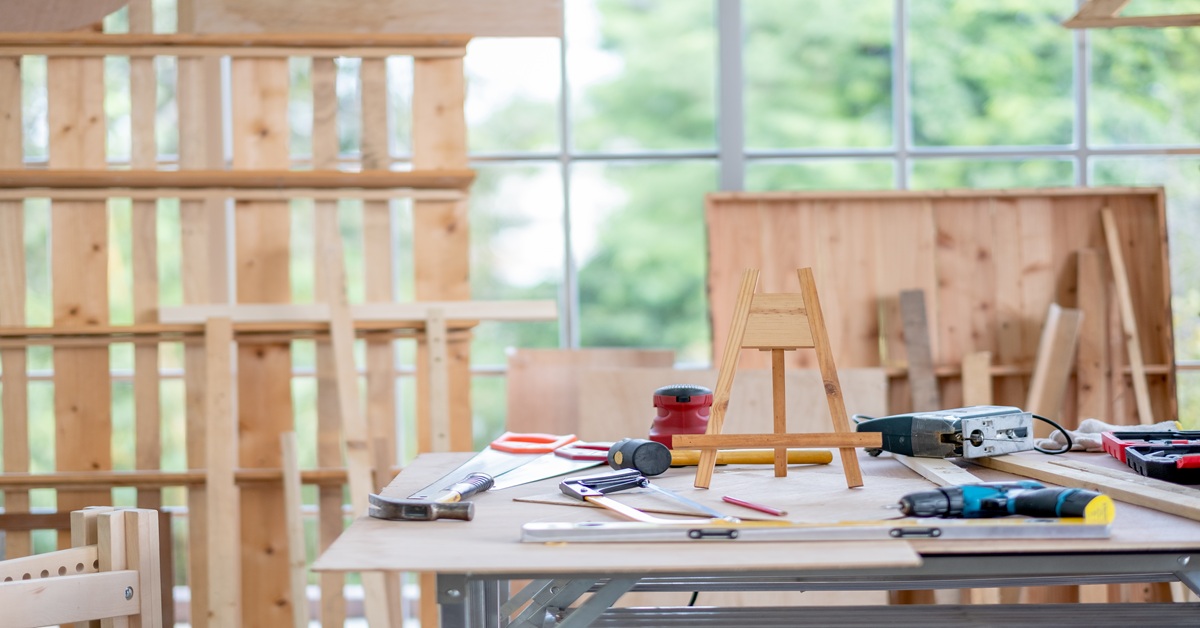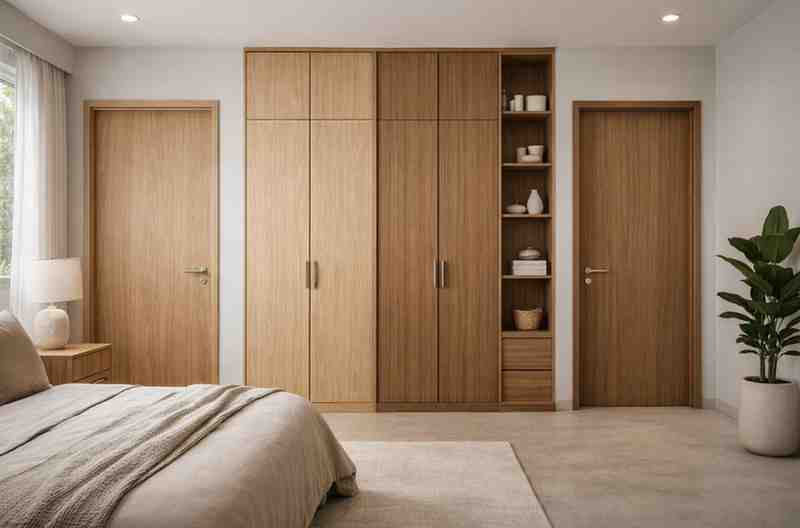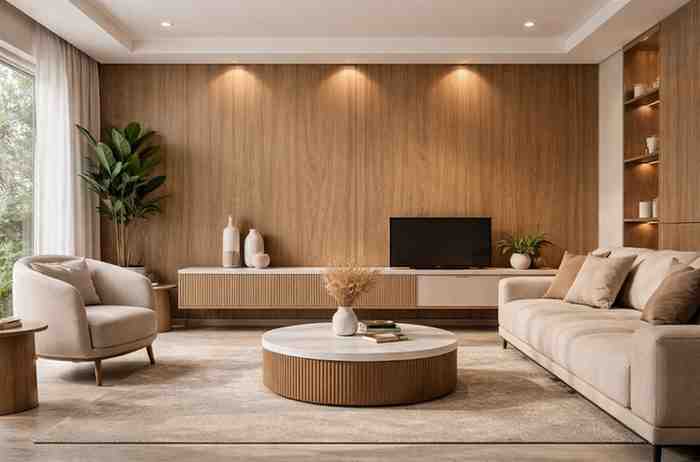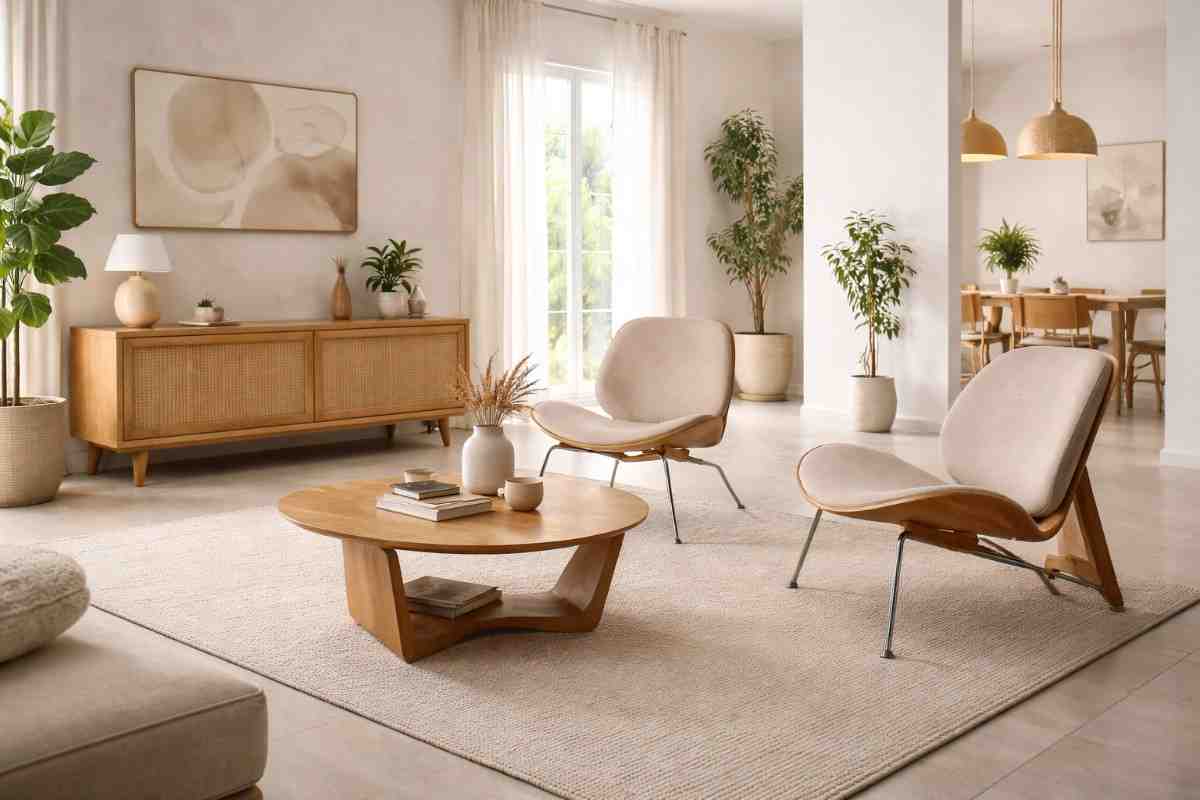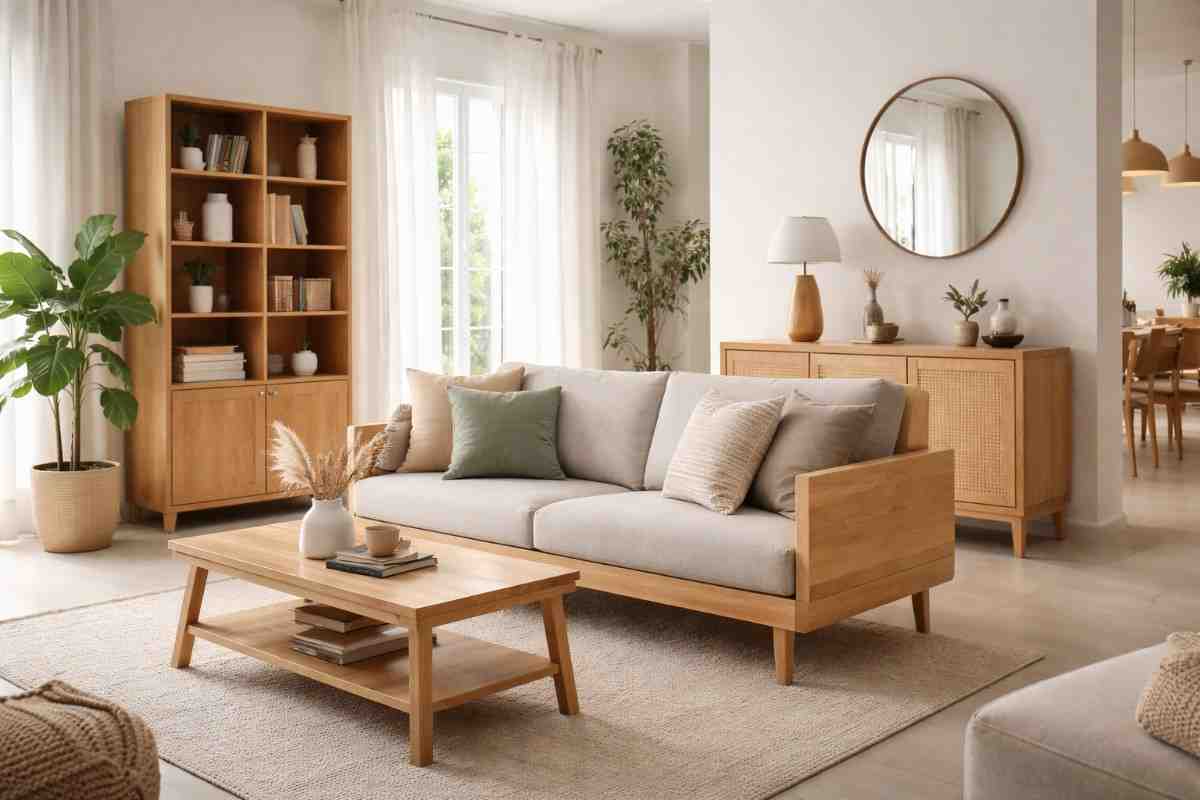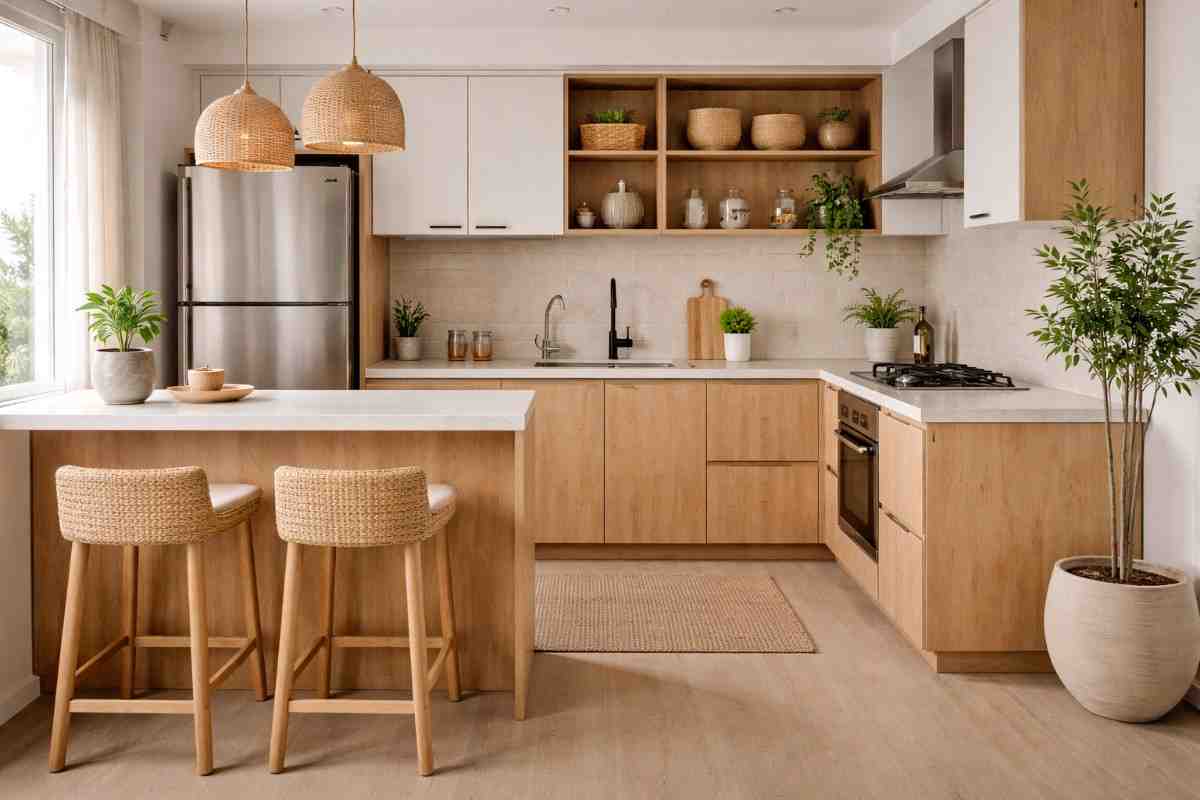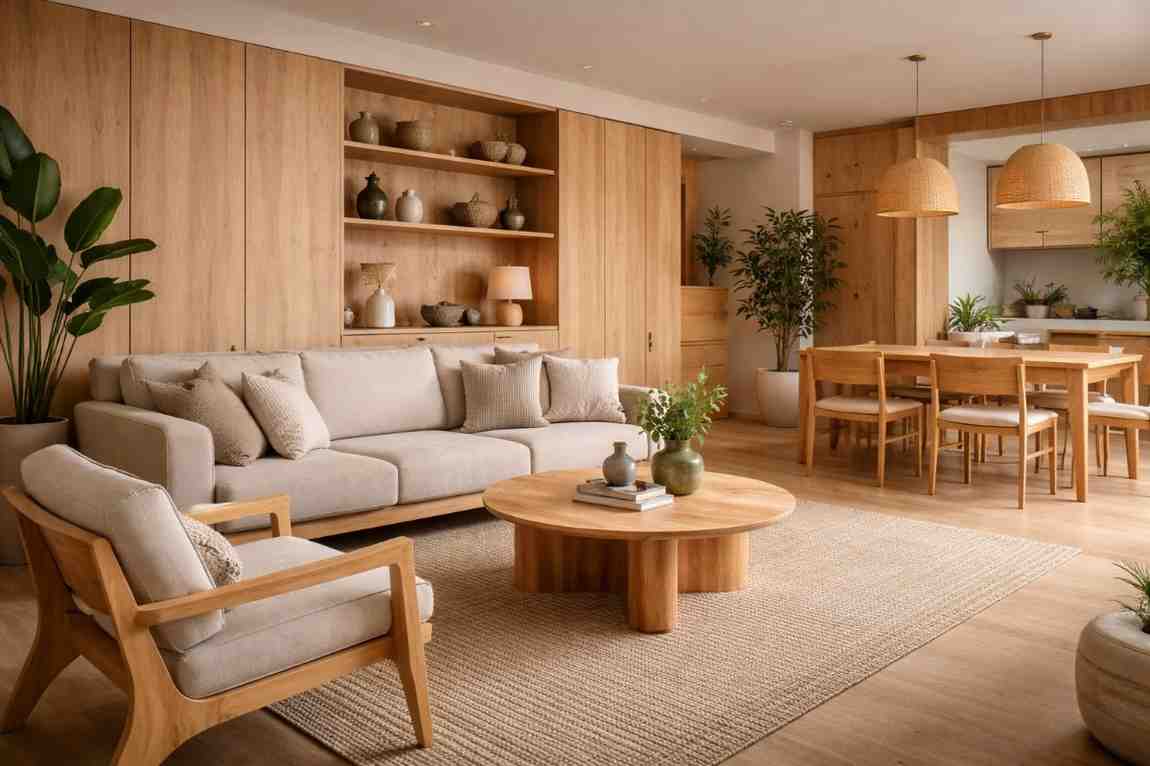Introduction
When it comes to woodworking and construction, plywood is a versatile and widely used material. However, not all plywood is created equal. For projects that demand resilience against moisture, waterproof plywood is the material of choice. In this guide, we will delve into the essentials of waterproof plywood, exploring its types, benefits, applications, and tips for choosing the right kind for your needs.
Table of Contents
ToggleWhat is Waterproof Plywood?
Waterproof plywood is a type of plywood that has been specially treated or manufactured to resist water penetration. This makes it ideal for use in environments where exposure to moisture is a concern, such as kitchens, bathrooms, basements, and outdoor structures. Unlike regular plywood, which can warp, swell, and delaminate when exposed to water, waterproof plywood maintains its integrity and durability.
Types of Waterproof Plywood
- Marine Plywood: The gold standard for waterproof plywood, marine plywood is constructed using high-quality veneers and waterproof glue. It is designed to withstand prolonged exposure to water, making it perfect for boat building and other marine applications. Its superior quality and resistance to fungal attacks make it suitable for heavy-duty outdoor use.
- Exterior Plywood: This type of plywood is designed for outdoor applications but is not as water-resistant as marine plywood. It is treated with water-resistant adhesives and can handle occasional exposure to moisture. Exterior plywood is commonly used in construction projects such as exterior walls, roofing, and sheds.
- Boiling Water Resistant (BWR) and Boiling Water Proof (BWP) Plywood: BWR plywood is resistant to boiling water for a limited time, making it suitable for semi-exposed conditions. BWP plywood, on the other hand, is fully waterproof and can withstand continuous exposure to water. Both types are commonly used in kitchen cabinets and bathroom fixtures.
Know more about the unmatched durability of waterproof plywood for your next project.
Benefits of Waterproof Plywood
- Durability: Waterproof plywood can withstand exposure to moisture without losing its strength or shape, ensuring a longer lifespan for your projects.
- Versatility: It can be used in a variety of applications, from indoor furniture to outdoor constructions, providing flexibility in design and functionality.
- Resistance to Fungal Attacks: Treated to resist fungal growth, waterproof plywood is ideal for humid environments where mould and mildew are a concern.
- Structural Integrity: Unlike regular plywood, waterproof variants maintain their structural integrity under wet conditions, preventing costly repairs and replacements.
Applications of Waterproof Plywood
Waterproof plywood is used in a wide range of applications, including:
- Outdoor Furniture: Tables, chairs, and other outdoor furnishings benefit from the water-resistant properties of waterproof plywood, ensuring they can withstand the elements.
- Boat Building: Marine plywood is a staple in the construction of boats and other marine structures due to its superior water resistance.
- Kitchen and Bathroom Fixtures: Cabinets, countertops, and other fixtures in moisture-prone areas require the durability and water resistance of waterproof plywood.
- Exterior Construction: Siding, roofing, and sheds are common applications where waterproof plywood is preferred for its ability to endure outdoor conditions.
Choosing the Right Waterproof Plywood
When selecting waterproof plywood for your project, consider the following factors:
- Quality: Opt for plywood that meets industry standards for water resistance. Marine plywood, for instance, should comply with BS 1088 or similar standards.
- Thickness: Choose the appropriate thickness based on the structural requirements of your project. Thicker plywood offers greater strength and durability.
- Glue Type: Ensure that the plywood is bonded with waterproof adhesives, such as phenolic resins, which enhance its water resistance.
- Veneer Quality: High-quality veneers contribute to the overall durability and appearance of the plywood. Look for smooth, defect-free veneers.
Discover Wigwam’s premium waterproof plywood for interiors that last a lifetime. Explore our collection today!
Conclusion
Understanding the essentials of waterproof plywood is crucial for making informed decisions in your woodworking and construction projects. By choosing the right type of waterproof plywood, you can ensure your projects are durable, versatile, and resistant to the damaging effects of moisture. Whether you’re building a boat, installing kitchen cabinets, or crafting outdoor furniture, waterproof plywood is the key to achieving long-lasting results.
Don’t compromise on quality. Get Wigwam Ply’s waterproof plywood for interiors that stay beautiful for years.
FAQS
1. What is the difference between waterproof plywood and regular plywood?
Waterproof plywood is specially treated with water-resistant adhesives and high-quality veneers to prevent swelling, warping, and delamination when exposed to moisture. Regular plywood lacks these treatments, making it more susceptible to water damage.
2. Is marine plywood the same as waterproof plywood?
Marine plywood is a type of waterproof plywood with the highest water resistance. It is built to meet strict quality standards and can withstand prolonged exposure to water, making it ideal for boats and other heavy-duty outdoor applications.
3. Can waterproof plywood be used outdoors?
Yes. Waterproof plywood, especially marine and exterior-grade varieties, is suitable for outdoor use. However, proper sealing, painting, or laminating is recommended for added protection against harsh weather conditions.
4. How do I know if the plywood I’m buying is truly waterproof?
Check for certifications like IS 710 for BWP (Boiling Water Proof) plywood or BS 1088 for marine plywood. Also, ensure it uses phenolic resin adhesive and has a smooth, defect-free veneer surface.
5. Does waterproof plywood require maintenance?
While it’s designed to be durable and moisture-resistant, regular maintenance, like sealing edges, avoiding prolonged water pooling, and occasional refinishing, can extend its lifespan significantly.

